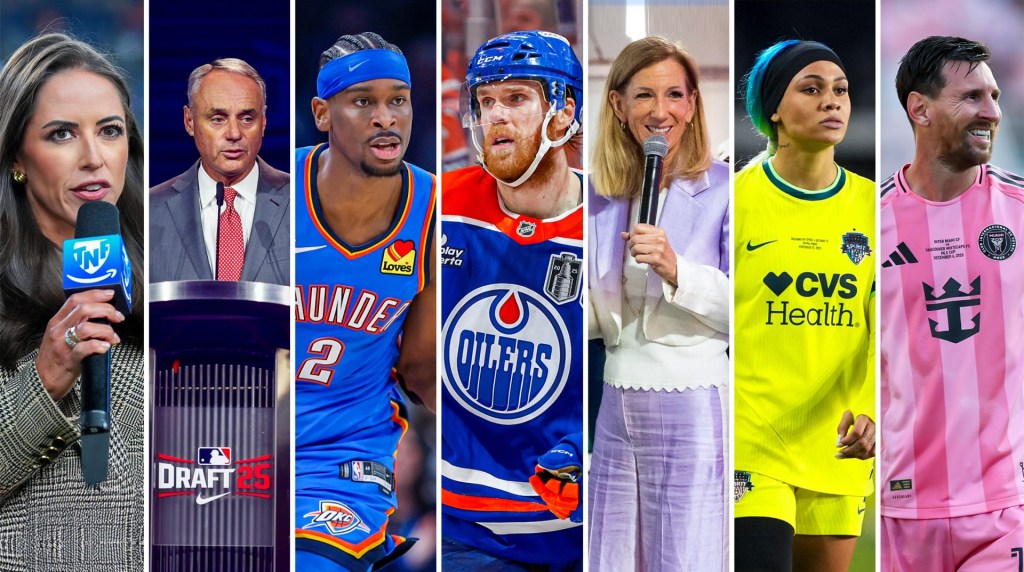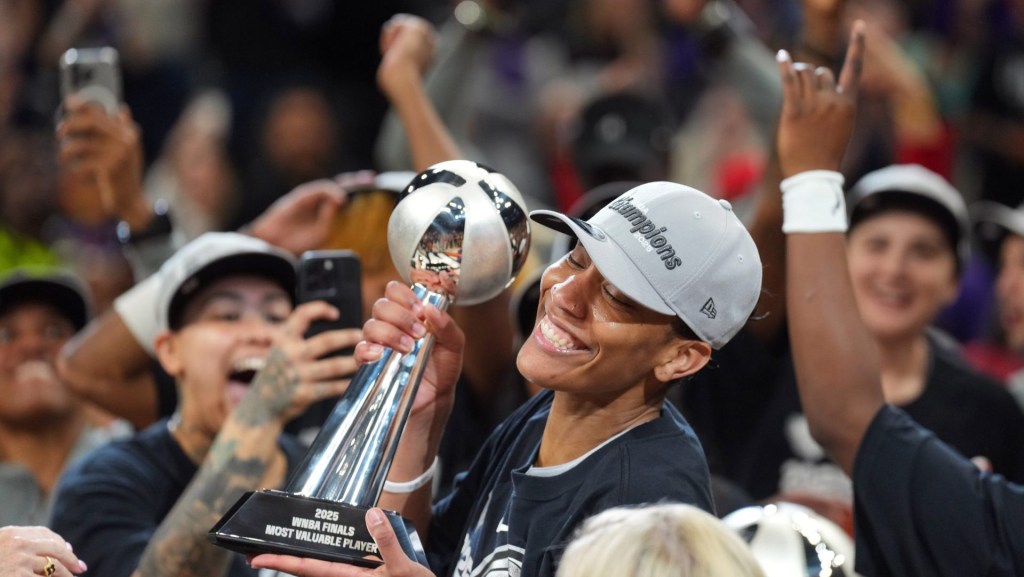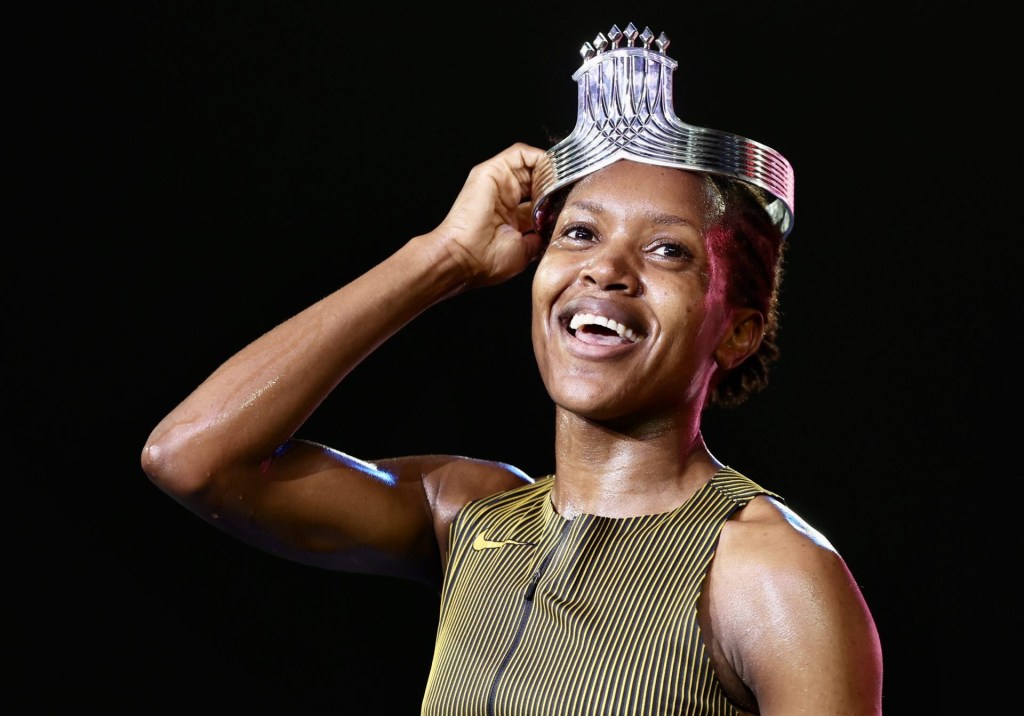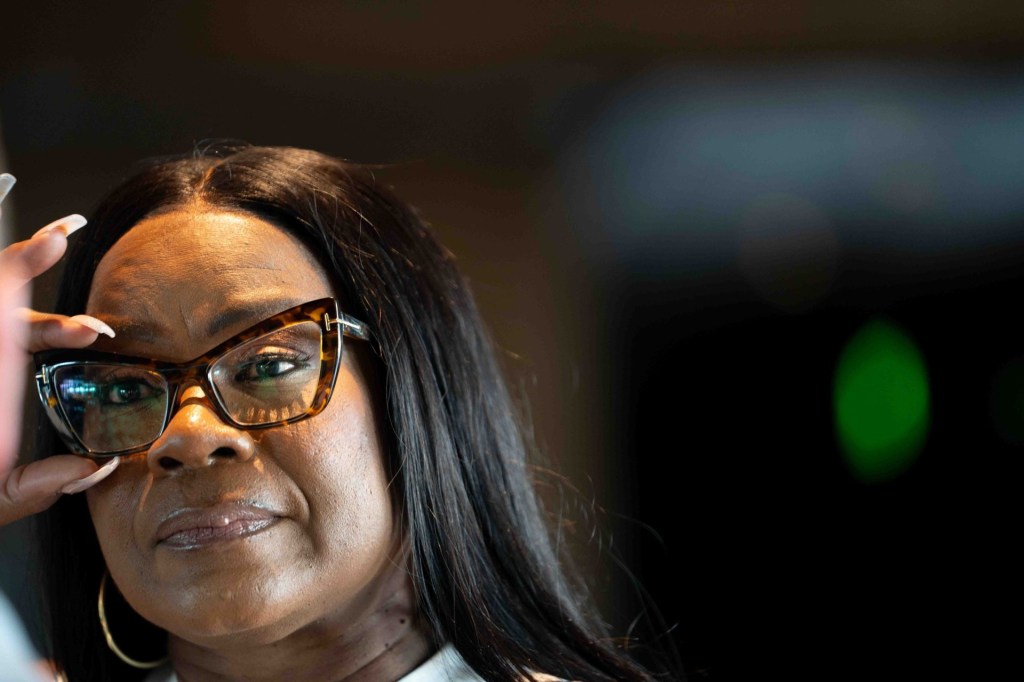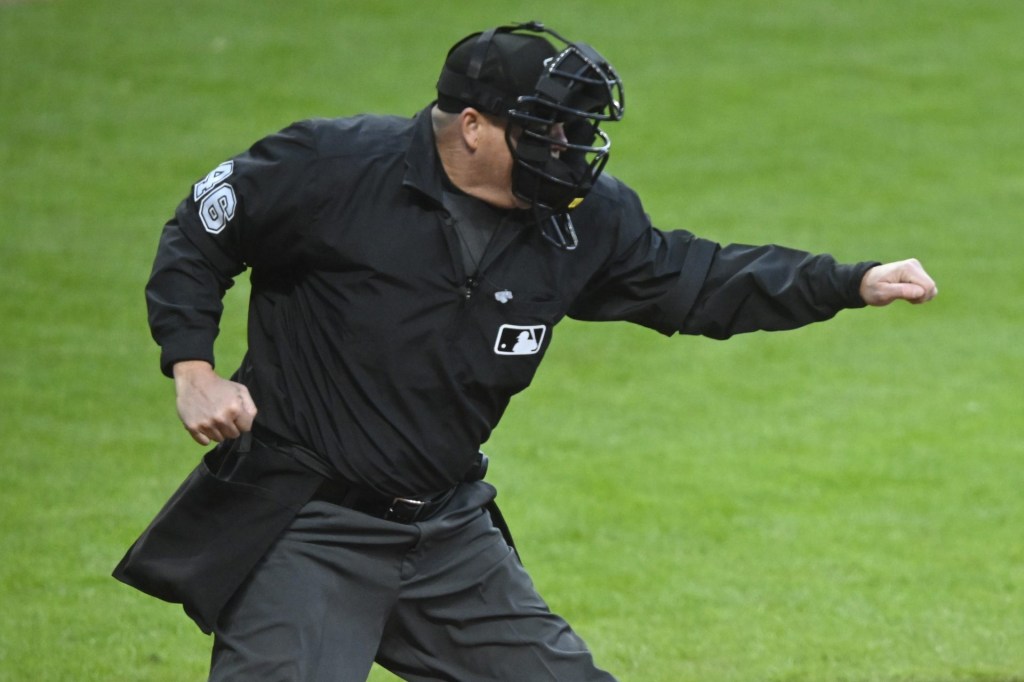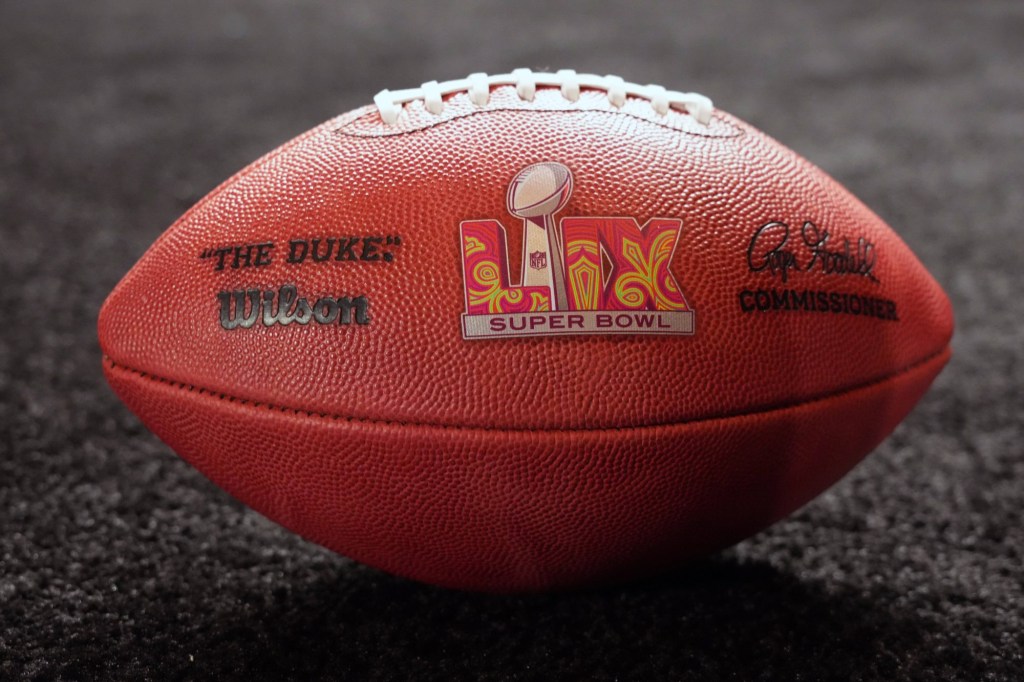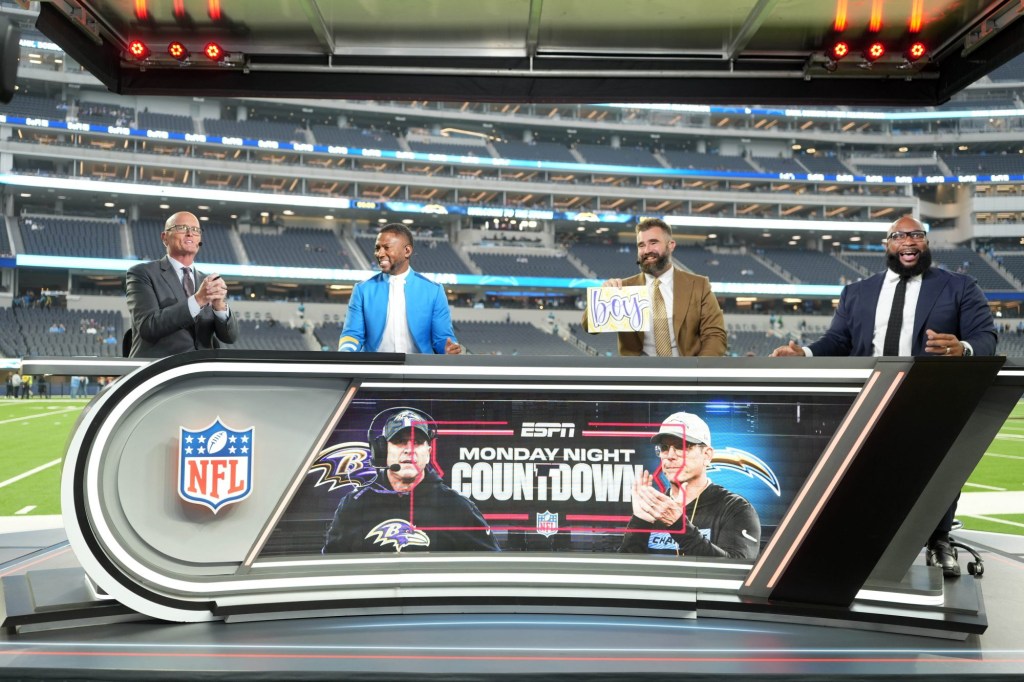
Photo Credit: Jennifer Buchanan-USA TODAY Sports
Women have begun to receive more recognition within sports, but the dollar figures have yet to catch up. According to a 2018 Statista report, women’s sports receive only 0.4% of total sports sponsorships. In a market where global sports sponsorships were worth $106.8 billion, just $427 million was spent on women’s sports.
One of the companies aiming to improve those conditions is Nike, particularly for women’s basketball. But how, and what does support for growth of the game actually look like?
They aimed to answer these questions during a panel at the WNBA draft held at Nike HQ in New York City, where WNBA legend Sheryl Swoopes, Seattle Storm guard Sue Bird, New York Liberty guard Kia Nurse and Vice President and General Manager of Nike Women Rosemary St. Clair shared their opinions on how women’s basketball can be better supported.
Nike hopes to cement itself as the go-to brand in the space and has a number of strategies for doing so. There is the apparel itself, which runs the gamut from new uniforms better designed to fit women’s bodies to re-releasing Swoopes’ signature shoe last August. There’s advertising, such as featuring players like Bird in their recent “Dream Crazier” spot, which Sinclair said was all about “[wanting] to show [female athletes] in a thoughtful and more meaningful way and elevate them.”
But they’re supplementing those measures through deeper work, such as investing money behind the scenes into grassroots basketball programs for girls and partnering with organizations like FIBA to grow the game internationally for women.
“We’ve been using our brand as a catalyst since the inception of Title IX, and that gives us the area of expertise of what we need to do as we continue to evolve in the women’s sports space,” said St. Clair, who has been with the company for almost 25 years.
The brand has featured female athletes for generations, including names such as track stars Jackie Joyner-Kersee and Florence Griffith-Joyner, soccer legend Mia Hamm, tennis star Monia Seles, and WNBA standout Lisa Leslie. Nike has also invested money in girls’ athletic programs across the country and campaigned for women in sports as far back as 1995, when the company released a 30-second spot highlighting girls between the ages of 5 through 15 called “If You Let Me Play,” which discussed the positive social change that can take place when girls have access to sports.
Swoopes believes that representation within global brands is essential to empowering the next generation of women. She recalled a recent interaction with a 16-year-old girl who told her about her goal to get drafted to the WNBA and become the face of Nike.
“When I was 16, I didn’t have that dream because I had no idea that [it] was even possible,” Swoopes said. “Now these girls see it as a possibility to be part of brands like Nike.”
The company hopes to boost those efforts even further through Game Growers, which fosters partnerships with middle school and WNBA and NBA teams, culminating in a brainstorming session that evaluates different ways girls’ basketball participation can be improved on at the local level. Participating schools then share their ideas nationally to help inspire programming across U.S. cities.
But while Nike spent almost $10 billion on athlete endorsements in 2016, Nike declined to disclose to Front Office Sports how much of its annual budget is dedicated to female athletes or supporting women’s leagues and teams. When asked about possible shortcomings and areas for improvement regarding their financial support for female athletes, St. Clair told Front Office Sports by email that the company “take[s] pride in standing up for our values and empowering women to have an equal opportunity in sport” before going on to cite the Let Me Play campaign as well as a longstanding support of pay equity in the United States.
While the messaging around Nike’s new endeavors is centered on women’s empowerment, it’s also smart business to make stronger appeals to women. Participation in women’s sports is at an all-time high, and women’s college basketball has gained popularity over the years, with college players developing strong followings on social media and viewership slowly increasing overall. Just last season, the WNBA saw an increase in viewership of 50 percent in women. Momentum is building, and not investing in women’s basketball would seem largely out of touch with the cultural trends taking place in women’s sports.
“It’s finally being exposed of what it means to be a woman, what we go through, the good and the bad,” Bird said. “Companies like Nike are starting to realize, ‘Wow, this is a group of people that we haven’t been supporting enough, and there’s more we can do.’”
Irrespective of the company’s motivations, however, Nike is taking tangible steps to grow women’s basketball. Bird believes merely showcasing more female athletes’ stories allows companies like Nike to better realize the value of female athletes and invest their money accordingly. As more of them do, the ultimate winners will be future generations of female athletes.
“We might not understand the effect and impact of investing in this space for another ten or fifteen years, because these things take time,” Bird said. “But we have to invest in these girls if we want to grow the game.”

